Pumpkins, Ghouls, & Fair Trade Chocolate
As you rush through the grocery store aisle this Halloween, assorted candies and name-brand chocolates whirling by with oversized discount stickers smacked on their packaging, we at the Purple Fig ask you to add some green to that orange and black this year! Instead of reaching for the cheapest (and invariably the worst quality) chocolate, consider the global benefits of fair trade organic chocolate. Imagine: every bite is as responsible as it is delicious!
Cacao, Cocoa, & Chocolate
Decadent, satisfying, and ranging from sweet to bittersweet, chocolate is a staple in our global diet. The United States is ranked as the second largest buyer of the world’s chocolate supply, overshadowed only by the Netherlands, and the customary American Halloween does nothing short of bombard consumers with conveniently priced varieties of mass-produced chocolate brands. But where does it all start? And are these companies treating their suppliers ethically?
It all begins with the cacao tree. From this tree sprouts football-sized cacao pods, within which lies its beans. Once these beans are fermented, dried, and roasted, they are classified as “cocoa”.
Chocolate undergoes similar treatment to cocoa, except that the cocoa butter is left in tact during the processing stages; this gives the finishing product that creamier texture and a wide range of sweeter tastes we’re more familiar with in our trick or treat bags.
The Unpredictable Cocoa Bean
Although the demand for cocoa may appear to be steady, the cost and demand of cocoa as an export fluctuates daily, and sometimes in extremes. Sadly, the consequences of this unpredictable and unstable export crop fall on the shoulders of the local farmers that produce its harvest. According to the Fairtrade Foundation:
Ninety per cent of the world’s cocoa is grown on small family farms by about 6 million farmers who earn their living from growing and selling cocoa beans.
Cocoa farmsteads primarily straddle the equator, thriving off of the tropical climates of Southeast Asia, Africa, and Latin America. West Africa consistently hauls in the most cocoa of the three regions, and yet even African farmers with large yields feel the economic tremors from the shaky price of cocoa. The Center for Strategic and International Studies determined that, in 2012, farmers off of the Ivory Coast made $2/day; these farmers depend primarily on their crops for income.
A few factors contribute to the economic instability of cocoa, with one influencing the other:
- Poor/nonexistent benefits for existing cocoa farmers are discouraging younger generations to pursue harvesting the crop
- Less farmers means less help on existing farms, resulting in failing crops
- Uncooperative weather and/or diseased vegetation also plays a hand in how much cocoa a farmer is able to yield
- An excess of cocoa will drive down the price of the export…and yet the demand for cocoa in times of shortage brings little more money into the farmer’s pocket
This constant flux in cocoa profits, as well as the generally low returns farmers receive, creates an unfair economic sinkhole for the men and women who labor to raise these crops.
Fair Trade Chocolate = Fair Treatment
Within the nations of the Ivory coast, Indonesia, and Ghana- where the sweet-tasting bean is of vital export, providing 70% of the world’s cocoa supply -local cocoa farmers receive a negligent amount of protection and aid for their labor. Unfamiliarity with modern farming techniques and supplies leads to inadequate yields as well as a higher rate of disease, pests, and aging in the cocoa trees. Adult illiteracy, lack of education, and nonexistent insurance has served as the foundation for cocoa farmers for decades…until recently.
So what does “fair trade” actually mean? In basic terms, a Fair Trade certification ensures that the local cocoa farmers are receiving a premium for their crops — and even if the market price drops, they will still make a living wage. More importantly, it provides several vital tools to these farmers in order to educate them on their trade.
For example: By appointing a trade union president and establishing a regional co-operative called Kuapa Kokoo, Ghanian farmers have secured self-sufficient incomes:
- Funding educational classes on sustainable farming techniques
- Encouraging quality farming and quality crops
- Spending their pooled premiums on the acquisition of safe drinking water, toilets, schools, and school tuitions
There has been an annual 2-3% increase in demand for sustainable farming of cocoa, and that number will only continue to rise as non-profit foundations like SERRV partner up with and empower local communities.
Fair Trade Retailers
Mama Ganache’s Fair Trade Halloween Assortments
Natural Candy Store’s Chocolate Candies
Divine Chocolate Bars (product of the Kuapa Kokoo co-op!)
For even more chocolate, check out The Good Trade’s comprehensive list of 50 Fair Trade retailers here!
